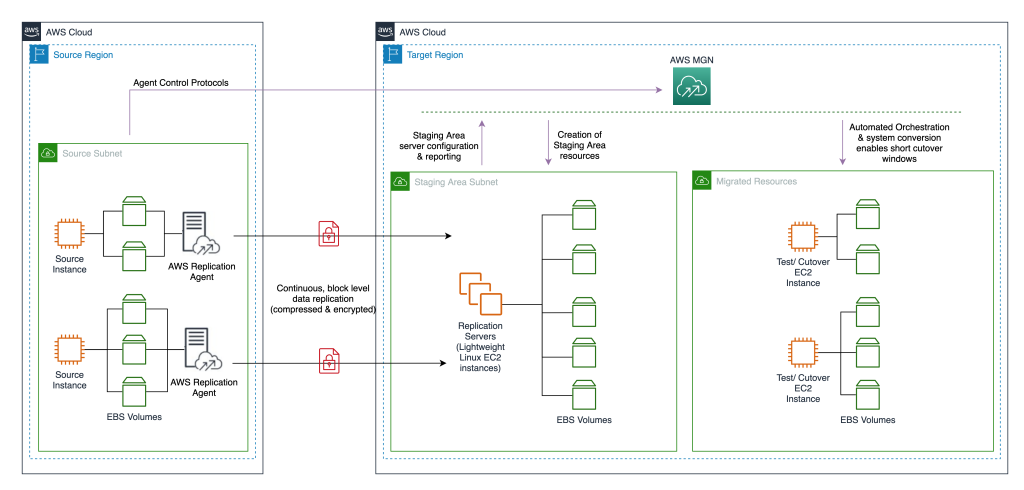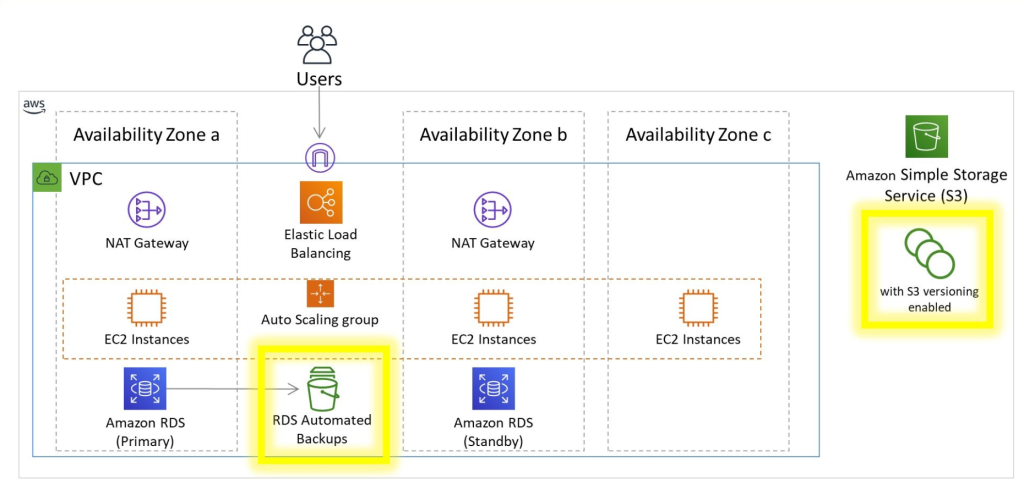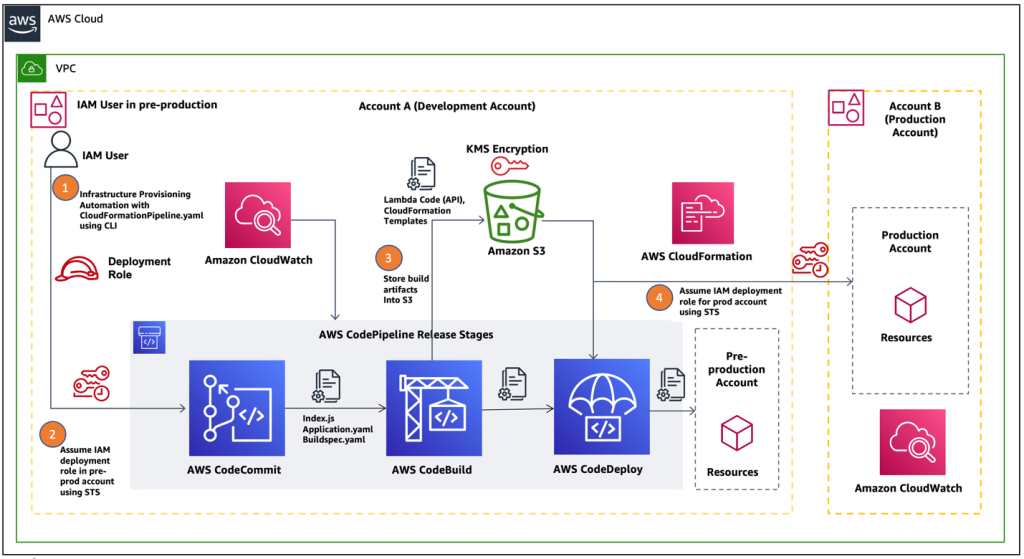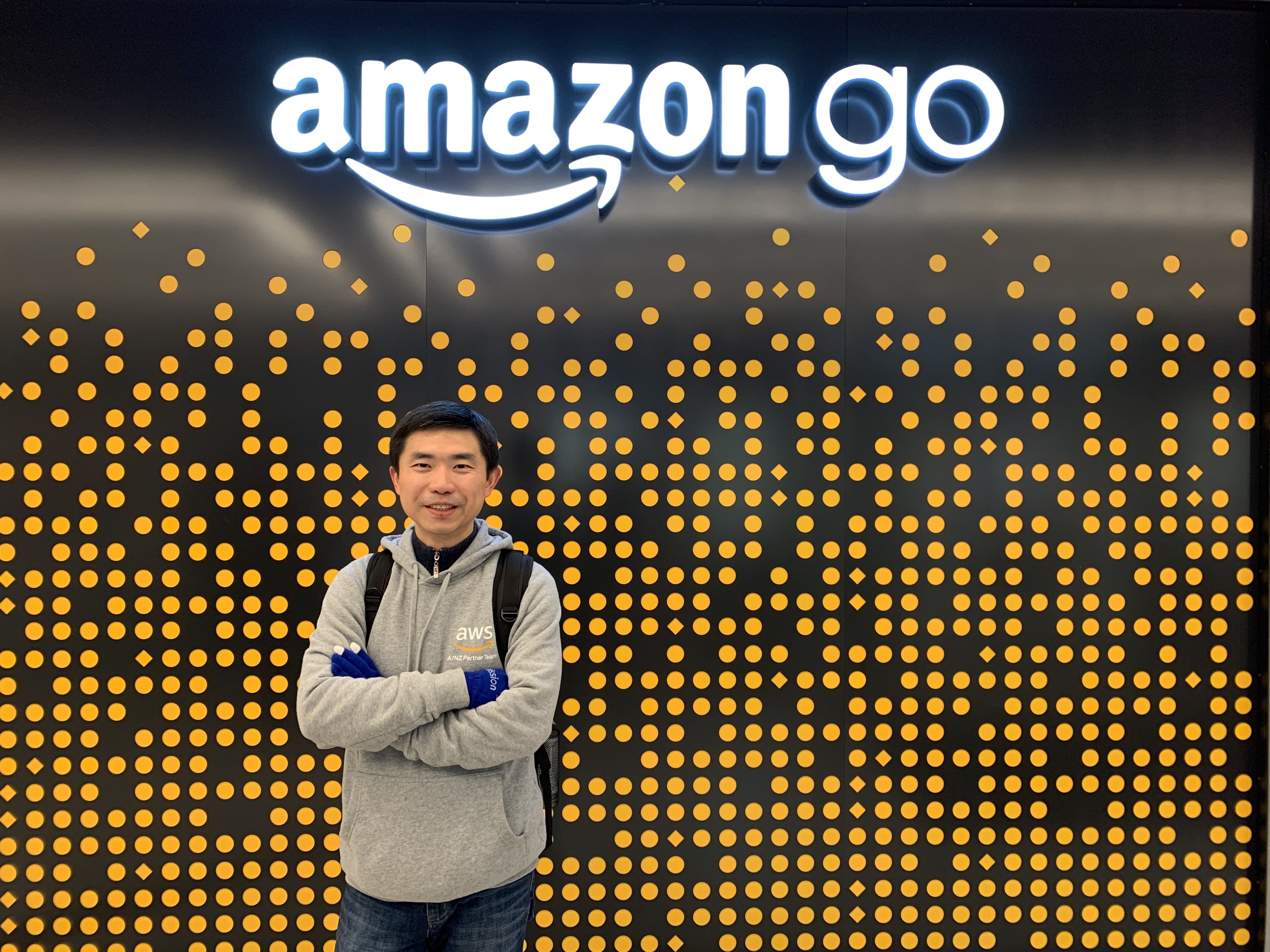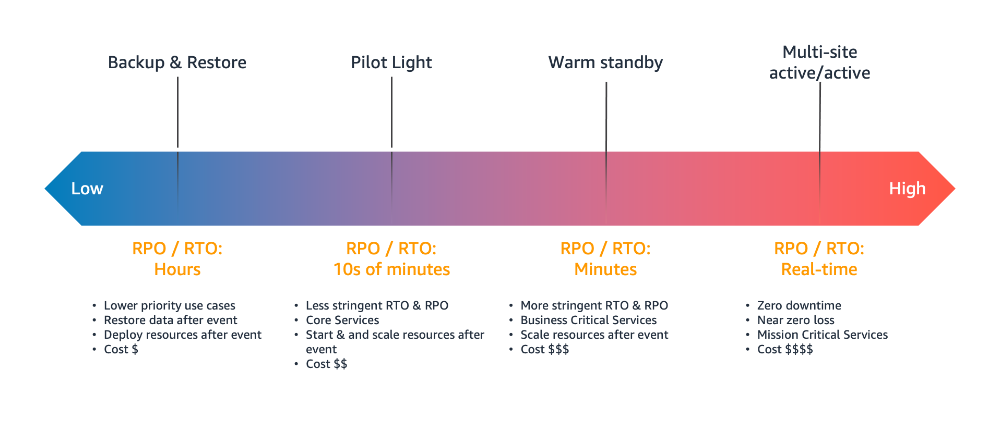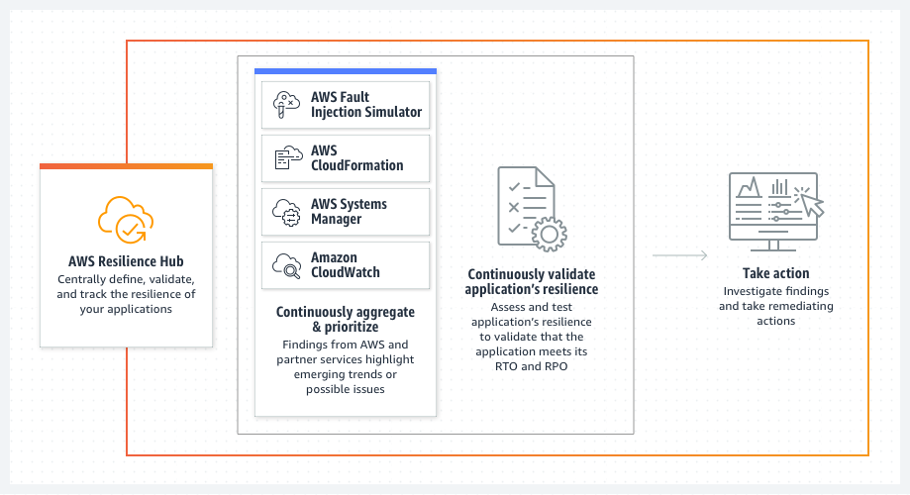Post Syndicated from Elise Chahine original https://aws.amazon.com/blogs/architecture/author-spotlight-vittorio-denti-machine-learning-engineer-at-amazon/
The Author Spotlight series pulls back the curtain on some of AWS and Amazon’s most prolific authors. Read on to find out more about our very own Vittorio Denti’s journey, in his own words!
I’m Vittorio, and I work as a Machine Learning Engineer at Amazon. My journey in the engineering world began when I started studying Computer Engineering at Politecnico di Milano during my bachelor’s degree. It continued during the master’s degree, when I started focusing on data and artificial intelligence. During my master’s, I spent one year in Stockholm, at the KTH Royal Institute of Technology, where I studied machine learning and deep learning. I joined Amazon Web Services (AWS) in 2020 through Tech U, a graduate program for technical roles in AWS, where I started working in the area of cloud architecture. During my time in AWS, I have had the opportunity to become familiar with software architectures, the AWS cloud, and develop system design skills for distributed systems.
At AWS, I was able to grow from a technical standpoint by learning new technologies and architectural patterns for distributed systems. I’ve also had the opportunity to grow my personal perspective. I found amazing mentors: people with years of experience that were always available to talk with me, compare ideas, and explain complex topics. When I was studying at university, I developed a vertical set of technical skills, which I’m still using every day at work, and I’m now able to boost those skills by taking advantage of the pragmatism and mindset acquired through mentoring.
With AWS, I was mainly working on cloud architectures for customers but also on internal projects and blog posts. I had the opportunity to support customers in designing their machine learning architectures for model training and for serving real-time traffic, as well as working on different challenges like query optimization for databases or asynchronous communication patterns for microservices. This breadth of scenarios was fundamental to build horizontal skills outside of the machine learning domain and learning how to navigate unexplored areas.
At the end of 2022, I moved from AWS to Amazon, where I started working as a Machine Learning Engineer on Amazon Sponsored Display, a self-service solution from Amazon Ads. In this new role, I work as an engineer developing and productionizing some of the machine learning algorithms used in advertising. I really like this role because there are many opportunities to explore and build. Also, working on a product and understanding the long-term impact of architectural and engineering decisions is extremely valuable to grow as a professional.
By working at Amazon’s scale, there are many factors to consider before coming up with a solution. All of this is an amazing opportunity to learn more, experiment, and satisfy my curiosity. As you have understood by now, I always like facing new challenges, pushing myself out of the comfort zone, and being able to learn about new areas and technologies.
Some of my favorite moments so far are related to public and internal conferences that I have attended both with AWS and Amazon. In 2021, I had the opportunity to go to re:Invent 2021 in Las Vegas—the annual AWS cloud conference. In 2023, I went to Madrid for DevCon, the internal engineering conference for Amazon employees. These experiences have been extremely valuable to discover more about new technical content as well as for networking and learning from peers.

Vittorio (on the right) with his colleague Darren (on the left) at re:Invent 2021, supporting AWS Game Day
What’s on my mind
Machine learning is a growing area: it’s still fairly new and there is a lot of innovation happening. Engineers work to find the “optimal” way for running machine learning in production and balance all the different trade-offs that consistently arise. Machine learning engineering faces the complexities of software engineering and adds extra challenges deriving from working with data and models. It’s not only about developing software! We also have to work to explore, monitor, and (in some cases) build datasets and training models, plus productionize them. There are two main entities to consider (datasets and models) that do not usually appear in software engineering, and this brings extra complexity.
Some stimulating challenges are about increasing model performance without impacting latency, working with unbalanced datasets, and detecting model or data drift automatically and solving for it. This is just a set of fascinating engineering areas to explore for machine learning. While for some of these problems, the industry already has some answers or directions, the question is: how can we do this at scale and create mature and reliable solutions? In the next few years I would like to answer these questions. For instance, car manufacturers have well-established supply chains and mature manufacturing processes. To the best of my knowledge, we don’t have something comparable in the area of machine learning engineering… yet! We have a set of excellent artisans working at scale, good processes to ensure quality (like code reviews and testing), but the risk of failures or inefficiencies is still high because of the stochastic nature of the domain.
Other topics I’m passionate about are machine learning science and software architecture. I like reading research papers, understanding the latest innovations, and learn not only from their contributions, but also from the processes that the authors followed to achieve those results. There are many opportunities to transfer knowledge from other domains to machine learning engineering, and I’m always inquiring to learn more about science and engineering to run the latest innovations in production.
Favorite blog posts and resources
Design a data mesh with event streaming for real-time recommendations on AWS
Data architectures were mainly designed around technologies rather than business domains in the past. This changed in 2019, when Zhamak Dehghani introduced the data mesh. Data mesh is an application of the Domain-Driven-Design (DDD) principles to data architectures: data is organized into data domains, and the data is the product that the team owns and offers for consumption.
Designing a data architecture for working with machine learning at scale requires careful thought. You may have different data sources, consumers, and data coming from different areas of the organization. Also, your organization may grow and evolve throughout time, so you may have some domains coming up and others disappearing. In 2022, I published an AWS Big Data blog on designing a data mesh architecture with event streaming for machine learning.
In the blog, we design a data mesh with event streaming for a scenario that requires real-time music recommendations on AWS. Because ML applications may have multiple types of input data, we propose a solution that works both for data at rest as well as real-time streaming.

The complete data mesh with event-streaming architecture uses two different data planes: one is dedicated for sharing data at rest (blue), the other one is for data in motion (red)
The Let’s Architect! series on the Architecture Blog
Let’s Architect! is an editorial initiative that publishes a bi-weekly post on a specific topic since January 2022. Some of the most recent topics include event-driven architectures, microservices, data mesh and machine learning. We gather four or five different AWS content pieces that provide a perspective on why that content is relevant. Content can be an AWS blog post, a whitepaper, any hands-on workshop with architectural patterns, or a video. We focus on architectural content that can be valuable for software architects as well as software engineers willing to learn more about system design and distributed systems.
This is not only a way to learn and stay familiar with different technical areas but also to contribute and share resources with the community. The initiative has had a strong influence, and we now have customers and even many of our colleagues waiting for the upcoming posts. I have been working on this initiative with Luca Mezzalira, Zamira Jaupaj, Federica Ciuffo and Laura Hyatt, and with the support of the AWS Architecture Blog.
Amazon Builder’s Library
One of most inspiring resources to learn from is the Amazon Builder’s Library. Its mission is to share with customers our experience of building secure and highly available services, and successful durable businesses, at Amazon and AWS.
I think it’s extremely valuable because we can learn directly from the Amazon’s experience of running distributed systems at scale. It’s not only about the content itself or how they solved a specific challenge, but also about learning how they were able to formalize a problem and the journey that they followed to achieve the solution. Also, if you wonder how some AWS services are designed under the hood… you can learn about typical patterns used to implement them by navigating through the resources in the library.









